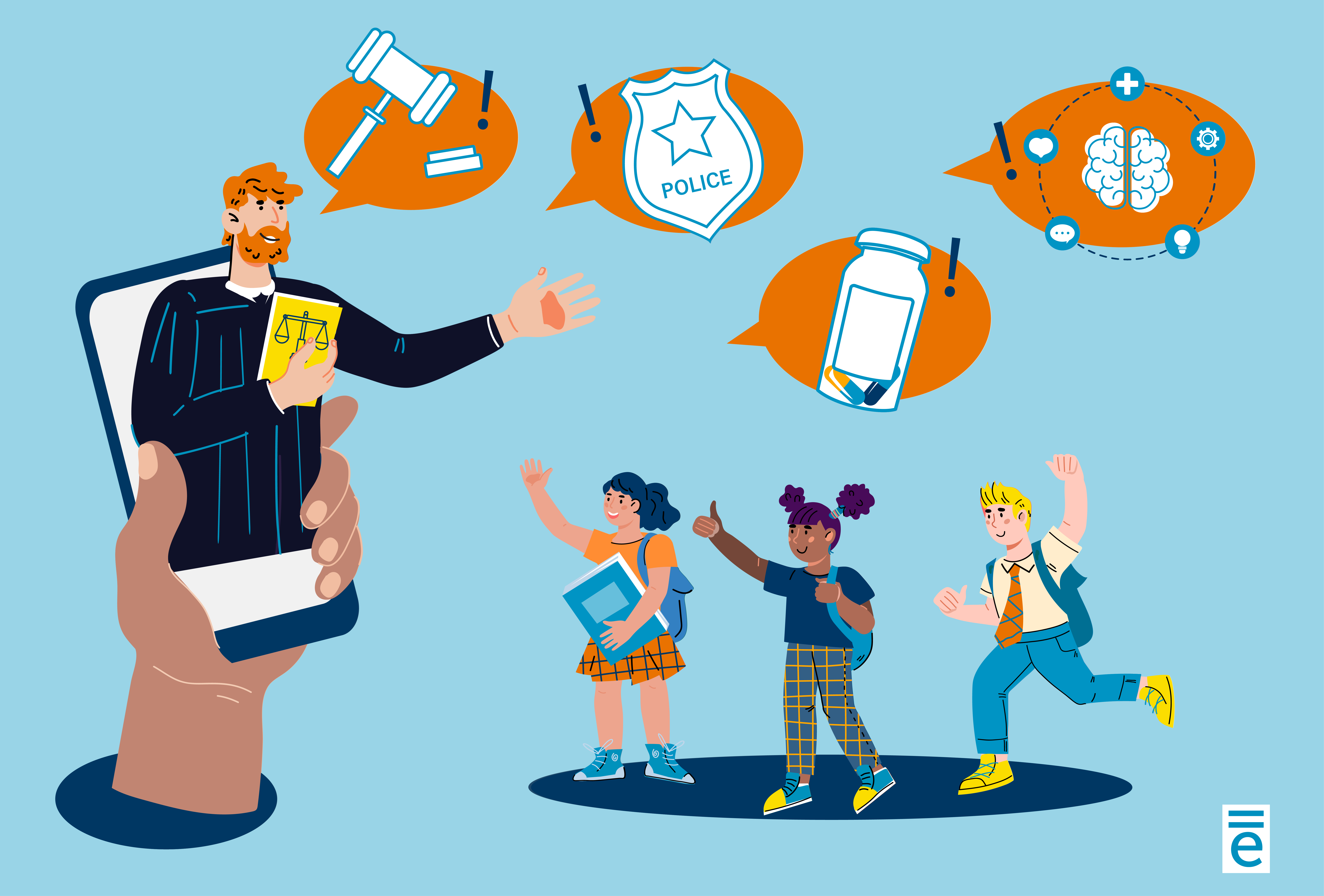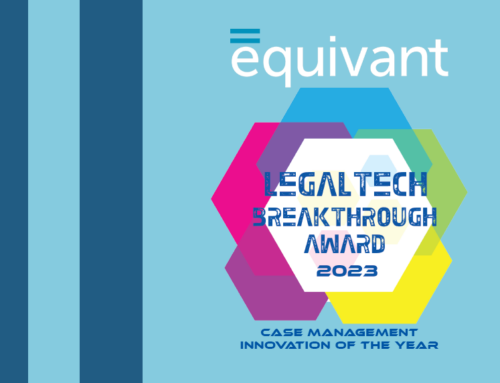Simple Interventions That Can Make a Big Difference in Juvenile Justice
Adapted from the Scaling Justice Podcast “Judge Anthony Capizzi’s View from the Bench: What’s Up with Kids Today?”
We are witnessing an overall shift in juvenile crime across the country.
Even though an estimated 250,000 youth are tried, sentenced, or incarcerated as adults every year across the United States, as per the National Juvenile Justice Network, juvenile crime numbers are going down all over the country.
As an example, in Montgomery County, delinquency cases went down from approximately 9,000 in 2014 to less than 7,000 by 2019. But while there has been a substantial reduction in the number of youths committing crimes, the nature of the crime is becoming serious. We are seeing more cases of children coming to court due to aggravated robbery with a gun because of easier accessibility to weapons.
On the other hand, the number of cases dealing with mistreated, neglected or abused children has gone up. I believe this has to do with the increased stress and trauma people are experiencing in our communities because of a flailing economy, lack of jobs and increased drug use, among other problems.
It is critical that we address the challenges juvenile justice faces, so we can focus on the needs of children and families all over our country. There are many simple actions we can take within the justice system to help children and youth.
What worked for Montgomery County, Ohio juvenile court system
In my 15 plus years on the bench, our court made a lot of dramatic changes in how we interact with children and families. We started specialty courts to expedite the whole process and decrease the number of times children must interact with the court. We encouraged our probation officers and departments to adopt a strength-based practice approach when dealing with youth rather than focusing on deficiencies. We also relied more on intervention so we could prevent youth from having to come to court in the first place. Our Montgomery County intervention center, one of the most progressive centers in the country, has been able to divert over 50% of cases from appearing in front of a judge or a magistrate.
Additionally, we embraced technology and used it to drive positive change in how our court operated. There is so much data that a court collects, but courts are also overwhelmed, and usually must manage cases with fewer resources. Technology helps address these issues.
How our court used technology to help us better serve families
Requesting grants to receive assets that can help manage cases better is essential. Grant applications require courts to provide data. Using technology enables us to dig deep into all the data that we collect in our system.
For example, while looking at the data our court collected, we found that 70% of children on probation were essentially living in one zip code area. We used a special grant to focus on children in that community addressing the issues the community was facing. Data technology helped us manage our data, collect it, analyze it, and leverage it to receive a grant to help fix a problem with customized solutions. We did this using IBM’s Watson Healthcare System (a supercomputer used for advance data analysis), which I helped create some years ago.
We also used a real-time dashboard in our court to see what was happening with a child. Previously, I would spend a whole day getting ready for a day of treatment court, which can be challenging when you have 30 cases in a day, and you can spend maybe six to ten minutes with each child on the record.
But the sad reality is that children’s lives can change dramatically in hours, and with all the challenges their families are facing, it’s easy to sometimes lose track of changes in their case. If a judge gets his reports on Tuesday afternoon, reads them all on Wednesday, goes to the bench on Thursday, between Tuesday and Thursday, a lot has already changed.
In which case, the judge will likely spend valuable time catching up with these changes when this time could have been spent with the family instead. But with technology like Watson Health, we can have case workers, probation officers, educators, mental health providers and anybody who is involved in inputting information into the system, making the whole process much more efficient.
I had a situation where a child had threatened to commit suicide just before a hearing started, and I would not have known this in a normal scenario. But because we were using a dashboard, and the probation officer had put in a warning for me to look at, we changed our whole approach to how we interacted with that child in court. Technology gave me the chance to help that family in a better way.
It’s time for progress! More courts must adopt technology
More courts around the country that have started to take advantage of technology. This is great news but imagine how much of a difference we could make if we had a hundred other courts making use of technology.
Another simple technology that has proven to be very helpful is text messaging. People have a lot happening, lives are complicated, and it is natural for people to forget appointments. Reminding families to appear in court via an automated text message can make a huge difference. We need to continue thinking of easy ways we can help people tackle their challenges.
There are so many other opportunities for courts to use technology to help children and families, but we cannot make systematic-level improvement in the justice system without cooperative efforts.
In my experience, courts or individuals don’t succeed without partnering with other stakeholders and the community they operate in. I believe Montgomery County in Ohio counts as a success because we learned that success comes with partnering with your lead, your community, and all the assets in your community. Courts need to make sure that in every project they’re working on, they have a partner, be it a behavioral health provider or a school system or the police department, educators, and social workers in churches.
There has been a lot of progress and we see a very progressive juvenile justice society trying to look to better ways to save children and families. It may be a cliché, but young people really are the future of this community and our society. If we don’t give them opportunities to learn, to interact with others, and to succeed, then we have failed them.
About Honorable Judge Anthony Capizzi
The Honorable Judge Anthony Capizzi, now retired, has spent a large part of his career overseeing cases and working with kids in the Montgomery County, Ohio, Juvenile Court system. He was first elected in 2004 and served as a Juvenile Court administrative judge. Prior to that, he was the Acting judge for the Dayton Municipal Court, also in Montgomery County, from 1998 to 2002. Judge Capizzi has been both a local and national figure in the juvenile justice arena.






